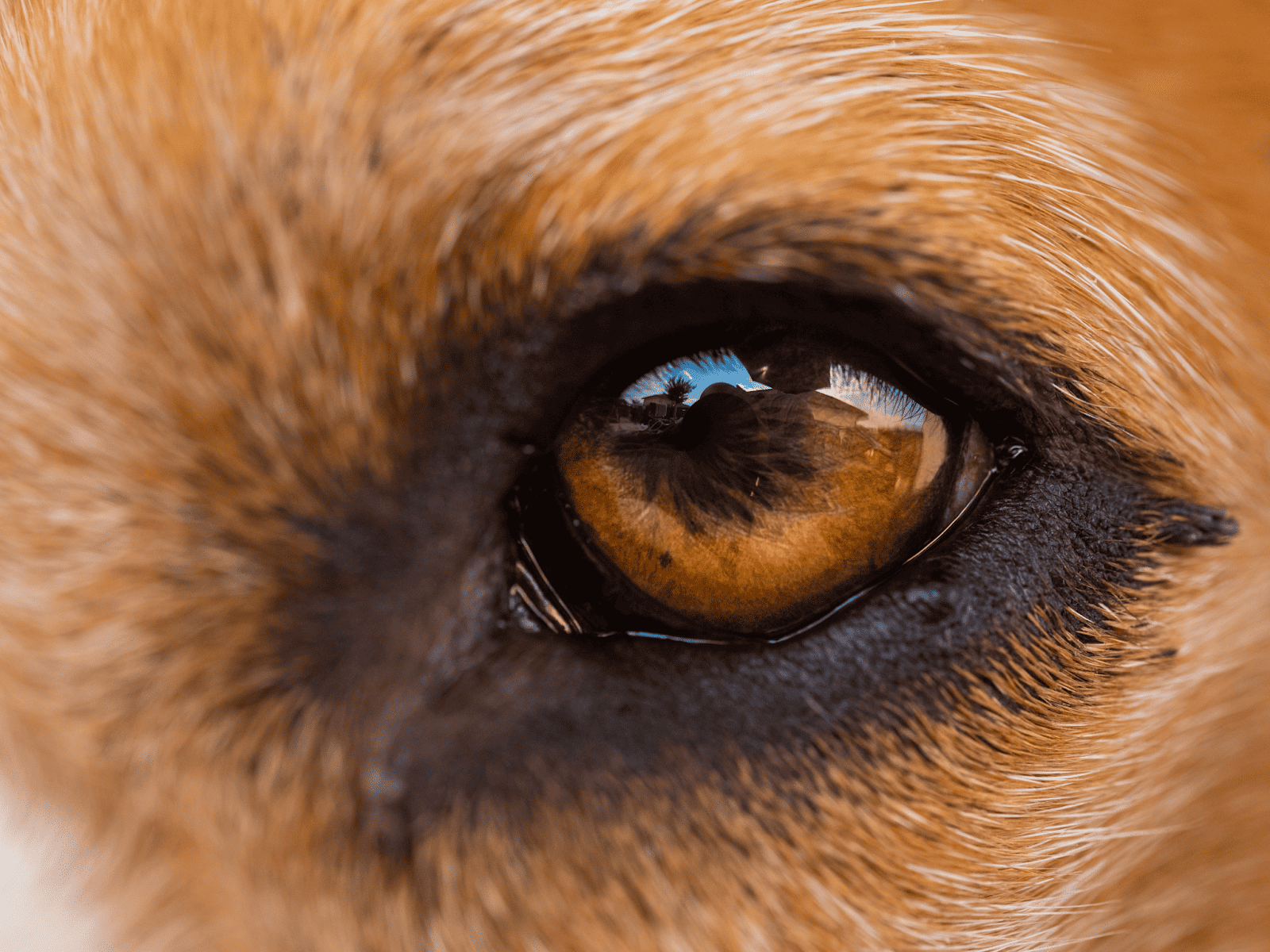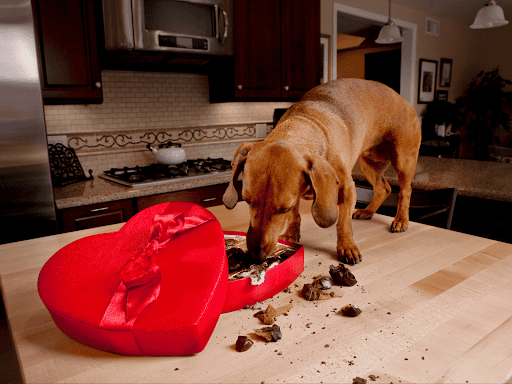What is Urinary Obstruction in Cats?
Keeping your cat’s litter box clean is essential for maintaining its long-term health. Even after meticulously scooping the urine clumps, replacing the litter once a week, and scrubbing every inch of the litter box every couple of weeks, your cat may still experience urinary issues. Urinary obstruction in cats is one of the more serious ailments affecting the urethra and requires urgent medical attention.
What is Urinary Obstruction?
Urinary obstruction in cats describes situations involving a partial or full blockage of the urethra, which is the tube that carries urine from the bladder to the cat’s external opening. You might hear your veterinarian call it a urethral blockage or urethral obstruction, and it’s one of the most common reasons for cats to see their vets.
A urinary obstruction may be referred to as FLUTD, or feline lower urinary tract disease. You may also hear the term FIC, short for feline interstitial cystitis, which refers to inflammation of the bladder. Urinary obstructions are most common in young castrated male cats, but can occur in older pets and intact males as well. FIC is also much more common in cats younger than 10.
Risks of Urinary Obstructions
Urinating is a vital function for almost all creatures, as it eliminates waste and maintains appropriate levels of bodily fluids. Retaining urine can result in:
- Bladder tear (rupture) due to increased pressure
- Renal (kidney) damage or failure
- Heart problems due to electrolyte imbalances
What Causes Urinary Obstructions in Cats?
The inflammation that occurs with FIC is a common cause of urinary obstructions in cats. Two other ailments commonly associated with urinary obstructions are uroliths (bladder stones that can travel to the urethra) and urethral plugs, which consist of bodily crystals and mucus. Cancer is a rare cause of urinary obstructions.
Preventing Urinary Obstruction
Maintaining your cat’s general health, which involves regular vet check-ups, can reduce the chances of urinary obstructions. Ensuring your felines have access to enough water and food is also essential, as is helping them stay at healthy weights.
Male cats are prone to urinary obstructions and other FLUTDs because their urethra is narrower and longer than those of female cats. Some cats who experience frequent urinary obstructions may benefit from a procedure called a perineal urethrostomy (PU), which widens the urethral opening.
Treating Urinary Obstruction: When to See an Emergency Vet
It’s a good idea to take your cat to a vet as soon as possible if you notice signs of urinary obstruction, as serious health problems can crop up within 12 hours or less. Untreated urinary obstructions can cause death in cats within 24 hours, so time is of the essence.
Common symptoms of urinary obstructions in cats include:
- Frequent urination (more than four times per day)
- Weak urinary flow
- Urinating only a few drops at a time (or nothing at all)
- Bloody or cloudy urine
- Vocalizing or crying out while urinating
- Straining while urinating
- Urinating outside of the litter box
- Vomiting
- Diarrhea
- Lethargy
- Decreased appetite
- Excessive licking of their genitals
If you suspect your cat is exhibiting these symptoms but aren’t sure, we strongly recommend erring on the side of caution and bringing them to a vet as soon as possible. Depending on the location of the litter box, it may be difficult to tell whether your cat is having trouble peeing or not urinating at all. Your vet may insert a catheter to drain the backed-up urine, and your cat may need to take medications for a few days.
Call Violet Crown Veterinary Specialists for Austin Emergency Vet Services
Violet Crown Veterinary Specialists have seen countless urinary obstructions in cats. Our medical staff’s expertise is second to none; you can rest assured that we’ll do everything we can to get your furry companion as healthy as possible. Our facility offers 24/7 emergency services for your pet’s more urgent medical needs. You can call ahead at (512) 284-2877 or simply reach out if you have any questions about our services. Feel free to message us online if that’s more convenient for you.


